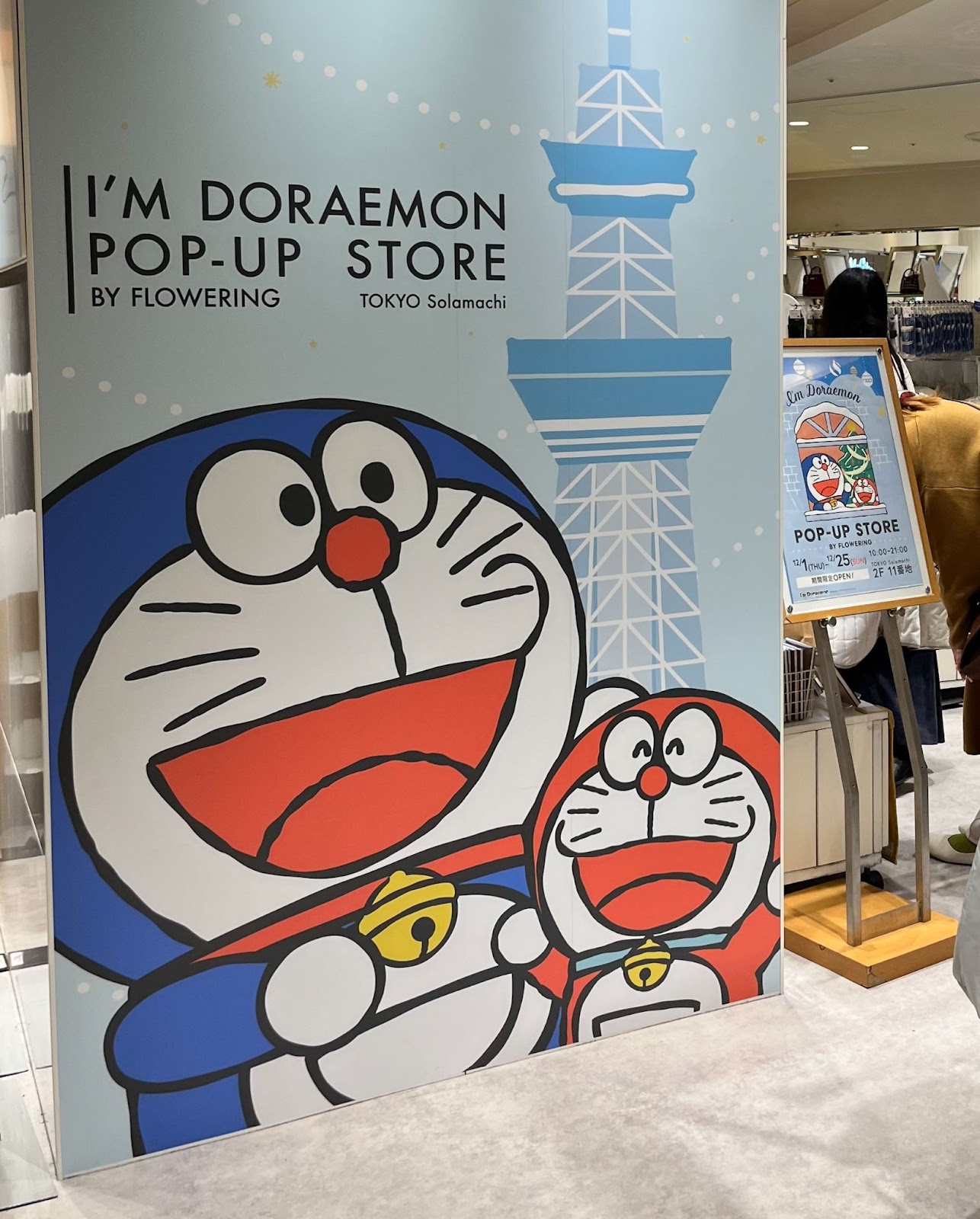 Consumer Insights
Consumer Insights
History of Ramen in Japan: Quintessentially Japanese
By Jane Buhnn
This week, we go on a very specific journey into the cultural and culinary aspects of ramen in Japan, and what makes it quintessentially Japanese, with this guest post, contributed by Jane Buhnn.
Whenever Japanese food comes to mind, chances are, you think of ramen. Everyone is familiar with this favourite noodle dish, thanks to its rich soup and tasty hand-made noodles. Interestingly, however, ramen wasn’t always the Japanese staple that it is today.

A brief history of ramen
Ramen is Chinese in origin. The name was originally used for two other dishes, namely Chūka soba and Shina soba. Both translate to ‘Chinese noodle’, but with different connotations. Japan only co-opted the term in the late 19th century, when the country was going through an industrial revolution. Since workers (also known as “salarymen” back then) barely had the time to prepare their own meals before leaving for work, they instead ate in ramen restaurants.
Eventually, younger and younger customers have been led to associate ramen more with Japan than its imported origins.Throughout the years, Japan has invented several types of ramen and the only significant difference is their broths—varying from shio (salt), to tonkotsu (pork broth). The noodles, however, are always made out of kansui—a local type of alkaline water and the secret to their firm texture and yellow colouring.
Ramen in Japan
It’s safe to say that Japan has no shortage of ramen joints. Recently, restaurants have evolved to become multi-national chains—with one of the most notable ones being Ichiran Ramen. Around the country, its signature red, black, and green logo is immediately recognisable. Outside, it’s even harder to miss, as it usually comes with long lines that stretch out to entire sidewalks. Other popular restaurants that have established their own followings include the Michelin-starred Tsuta, the unique Fu-unji with their gravy-like sauce, and the crowd favorite Kikanbo. Despite the many variations and modern touches in terms of flavour, these ramen joints continue to have one common denominator: it’s all about the meal.

An intimate experience with food
At ramen restaurants, you hardly ever notice flashy decor, neon signs, or gimmicky furniture. Most restaurants are fairly straightforward—a few chairs, an open kitchen where you can sit and watch your food being prepared, and typically monochrome walls. This stands in stark contrast to the majority of modern food businesses, which boast interiors that certainly beg to be posted on Instagram.
In Japan, the meal is the entire dining experience—and it’s a real good one, at that. Perhaps it can be chalked up to their penchant for culinary art and being meticulous with perfecting every ingredient. Either way, it’s a strategy that works, and continues to attract crowds nonetheless. Even online, local ramen restaurants feel no need to generate too much noise. One look at Ichiran Japan’s page, and it’s not celebrity influencers and elaborate marketing campaigns you’ll see—just ramen, plain and simple.
Japan and minimalism
Japanese culture is big on minimalism—that much, we know from decluttering extraordinaire Marie Kondo. But even before her popular book-turned-Netflix show went viral, the Japanese have been practicing minimalism for years. If you’ve ever wondered why zen gardens evoke such a sense of tranquility, it’s because they are made with the intent of eliminating distractions and allowing space for contemplation and reflection. Safe to say, this same approach has been applied to restaurants too—even if the only thing you’re reflecting on is how excellent a dish is.

Table for one
Another important aspect of ramen restaurants (and Japanese restaurants, in general) is that they mostly cater to solo diners and small groups. This is unlike other cultures, where dining is an incredibly social experience. It goes back to ramen joints’ history of catering to Japanese salarymen, who are known for their fast-paced work-focused lifestyles—and as such, don’t usually have the time to sit down and enjoy a meal with friends. Today, restaurants continue to be designed with intimacy and solace in mind, which is why you’ll notice they usually have private booths and partitions between diners to let you enjoy your noodles in peace.

Ramen around the world
It’s not only ramen in Japan. Ramen has certainly taken over hearts (and stomachs) around the world—but it is now expressed in different ways. In New York, for instance, you can find restaurants like Tonchin, which fuse together modern and traditional design. While these maintain mostly minimalist dark interiors, chic geometric patterns and subtle pink tones breathe new life into the space.
Meanwhile in other parts of Asia, some restaurants attempt to recreate the authentic ramen experience. The Philippines’ Mendokoro Ramenba is a highly popular choice, and it takes after many traditional aspects of ramen joints—from their very limited seating, to their humble menu consisting of just three different choices. Just like in Japan, the best way to market ramen internationally is to get the flavours right. And more often than not, they’re also run by Japanese ramen chefs, instead of corporations looking to capitalise on this milky bowl.
Final thoughts
Refined throughout the years, ramen has become more than just a dish—it’s an entire experience to be had. It isn’t only rich in flavour, but also rich in Japanese history and culture. Even if it didn’t originate from Japan, the ramen we know today is quintessentially Japanese through and through.
Want to write a post for the Tokyoesque blog? We’re on the lookout for contributors who can write on various topics relating to the Japanese market. Have a look through the topics we’ve already covered and let us know if you have something to offer. Essentially, these relate to consumer insights, your experience working in or expanding to Japan, or industry-specific insights.
Please contact us to discuss your idea further.






